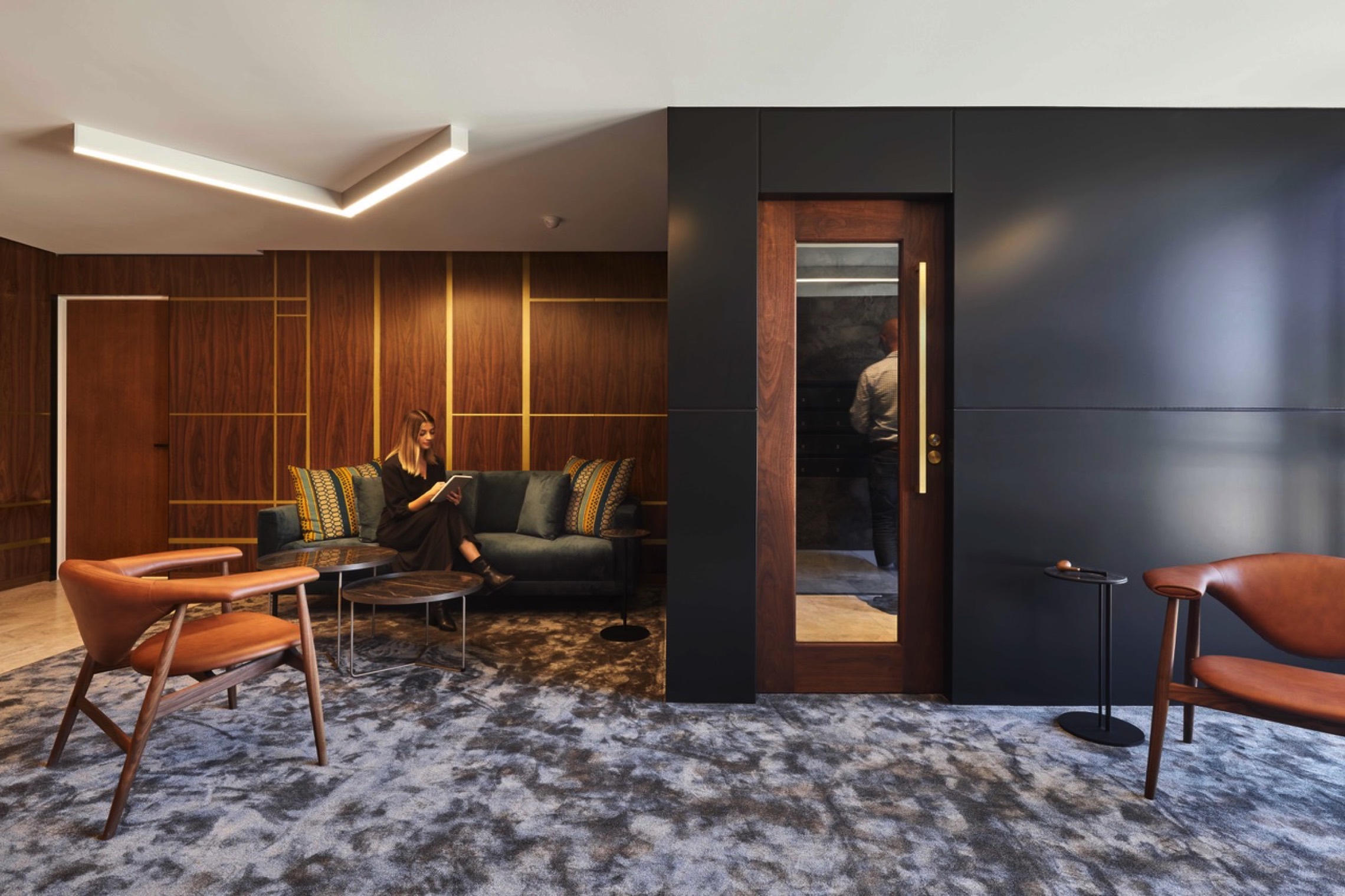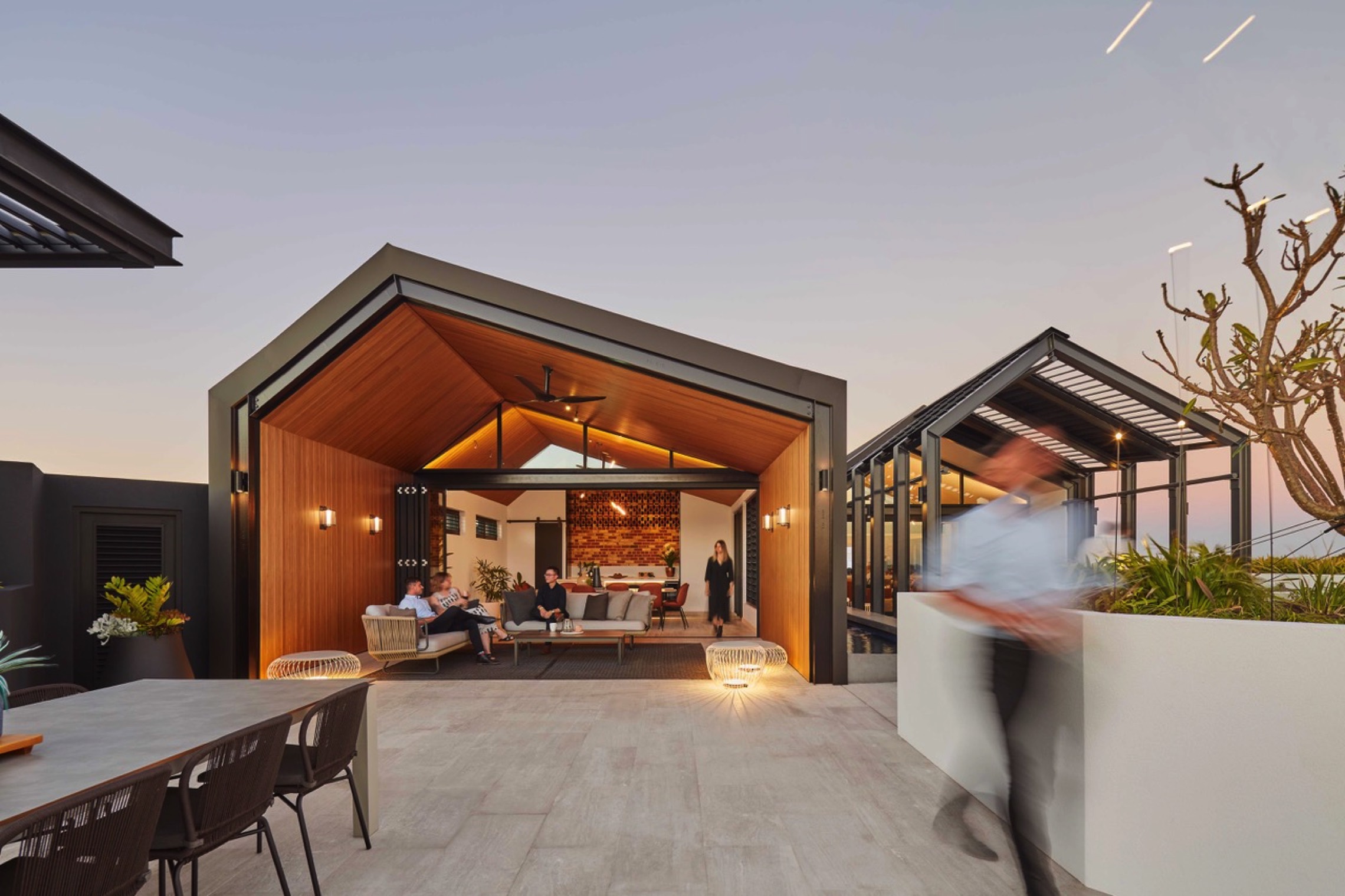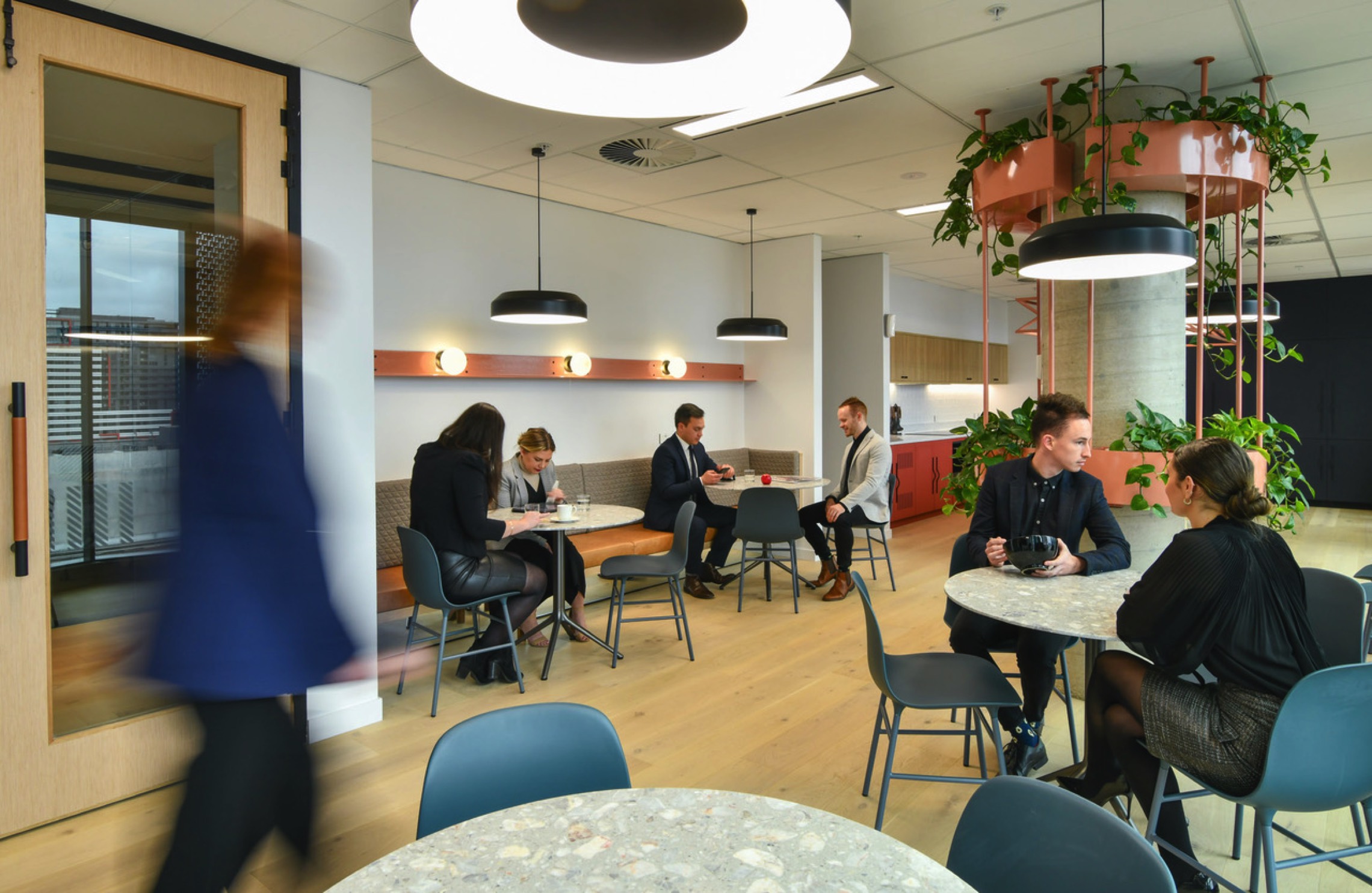The blurring of home/office as a work location has recently become undeniably accelerated. Work anywhere technologies have empowered staff to be highly productive away from their traditional place of work. For some, it's the ability to focus away from their usual team. For others, it's the improved life balance of negotiating domestic and family duties during what were core office hours.
For many, the balance between family and work has been a challenge. There have been traditional organisations where staff having children (or, more importantly, being seen to spend time with those children) has been considered a form of weakness, making them unfit for career progression.
This has led to a professional façade quite different to their domestic personality. Thankfully this attitude has eroded considerably, and over the last ten years, there has been a considerable shift in creating family-friendly physical facilities in the corporate workplace. These facilities include parents' rooms, family spaces, creches and after school clubs. At the other end of the age spectrum, some larger corporates have deliberately designed family spaces that equally allow for the safe temporary care of an elderly dependant relative.
Resistance to acceptance
When attitudes towards family and the inclusion of family in the workplace were slowly shifting, COVID swept in and forced a game-changing response from the corporate world.
The pandemic necessitated widespread take-up of video conference window into everyone's domestic worlds and has created far greater understanding and respect of our personal situations and responsibilities. We all saw the interruptions of children and pets, and this level of insight led to many amusing Zoom call moments! That invisible wall people put up to shield co-workers from their home lives disappeared.
Seeing each other's human side made domestic commitments seem less 'taboo', particularly for mothers who had previously felt the need to hide their parenting responsibilities to be taken seriously. The pandemic hasn't just changed how and where we work; It's changed how we view professionalism more broadly. And this shift in perception will inspire a change in workplace design as we create softer spaces that embrace the overriding aesthetic of 'home.'
The flexibility divide
It's worth noting that while the corporate window to our domestic worlds has opened, it could still only be temporary. Different organisations are responding very differently in post lockdown response. For example, one of the largest global accounting and consultancy firms invited their staff to work wherever and whenever they liked permanently and moved to an entirely output based operational model. At least two of the big US investment banks went the other way with a return to the office decree. Some organisations have issued clear guidance that working from home cannot be successfully executed with under school-age children in the same house. Conversely, this week, the NSW Chief Health Officer decided that working from home is not a good enough reason to send children to childcare.
How far the working from home movement shifts permanently remains to be seen, but there is clear evidence that it will increase. For the companies that see the benefits of collocated staff for at least some of the time, there is a challenge in drawing people back to the office.
Why go to the office?
For those that could select their location, the shared central office used to have two clear, tangible benefits – connectivity to colleagues and generally faster, more resilient technology. While the importance has diminished thanks to so many available communication technologies, there is still a definite benefit to the immediacy of physical proximity. New research by PWC shows that the majority (72%) of Australians who can work from home still prefer a mixture of in-person and remote working. Although some employees will choose to work remotely, those who come into the office will be driven by a desire to be around other people. The chance and informal conversations and the ability to allow knowledge sharing and incidental learning at a level unlikely to be replaced remotely is especially critical to those starting their careers without a strong internal network already developed.
What we learned from lockdown
At Hames Sharley, we surveyed ourselves across all six studios asking key questions and with a demographic overlay. Our staff reported focus work to be easier at home, although often with an associated comment about that being related to a home office or converted spare bedroom. There was great positivity around natural light and air, suggesting the need for an increased outdoor workspace. We had comments around individual environmental control. Many wanted to see the increase of relaxed lounge space in the office environment. An overarching theme was the ability to choose the personal working environment and to be able to move between alternate environments immediately.
A softening of the physical space
As more employees adjust to working from a relaxed home environment, and employers realise the benefits of productivity, it will drive the desire to replicate that relaxed environment in the workplace. Over the coming years, we can expect to see traditional office spaces transforming to become more domestic and welcoming in feel.
As our attitudes to professionalism may have relaxed, its highly likely the workplace will follow suit. Our ability to find various comfortable places around the home that suit a particular task or even our mood, can be repeated. The hard edges and clean lines associated with corporate workspaces may reduce- arguably, and many coworking spaces have already taken this approach.
The use of warm colours, abundant planting, natural materials, bespoke artwork, and feature lighting will also help provide an atmosphere of welcome and support.
Workplaces will need to encourage employee interaction by providing more areas for collaboration; meeting rooms, casual lounge areas, and even games rooms provide a space for staff to socialise and connect. We know that many people struggled with lockdown isolation, so re-enforcing the idea that the office is not just a place to work. It's a place to connect with peers and enjoy being sociable, which will add to the sense of domestic crossover.
Family and home
Creating a sense of home in the workplace extends beyond softening physical spaces – it's about providing a place where family, and even pets, are welcome to visit. Whether that's creating private spaces for mothers to feed their babies, games areas for older children to play, or family rooms with TVs and microwaves so relatives can bring in food to eat. Designing a family-friendly workspace is about creating an inclusive place where families feel welcome, and employees feel at home.
While the concept of family-friendly design certainly isn't new, we can expect a growing demand for softening the office environment favouring a more domestic workspace as we emerge from the pandemic.
This past year has turned the world on its head. And working through lockdown has challenged our understanding of work and productivity. There is no longer a significant divide between work life and home life – and as those two worlds continue to merge, design will follow, ultimately creating more welcoming office environments that offer employees a home away from home.
Hames Sharley, Perth, October 2021
Credits
Guest post by Hames Sharley
Editorial content: Louisa Glennon, Stephen Moorcroft
Photos: Kindly provided by Hames Sharley





